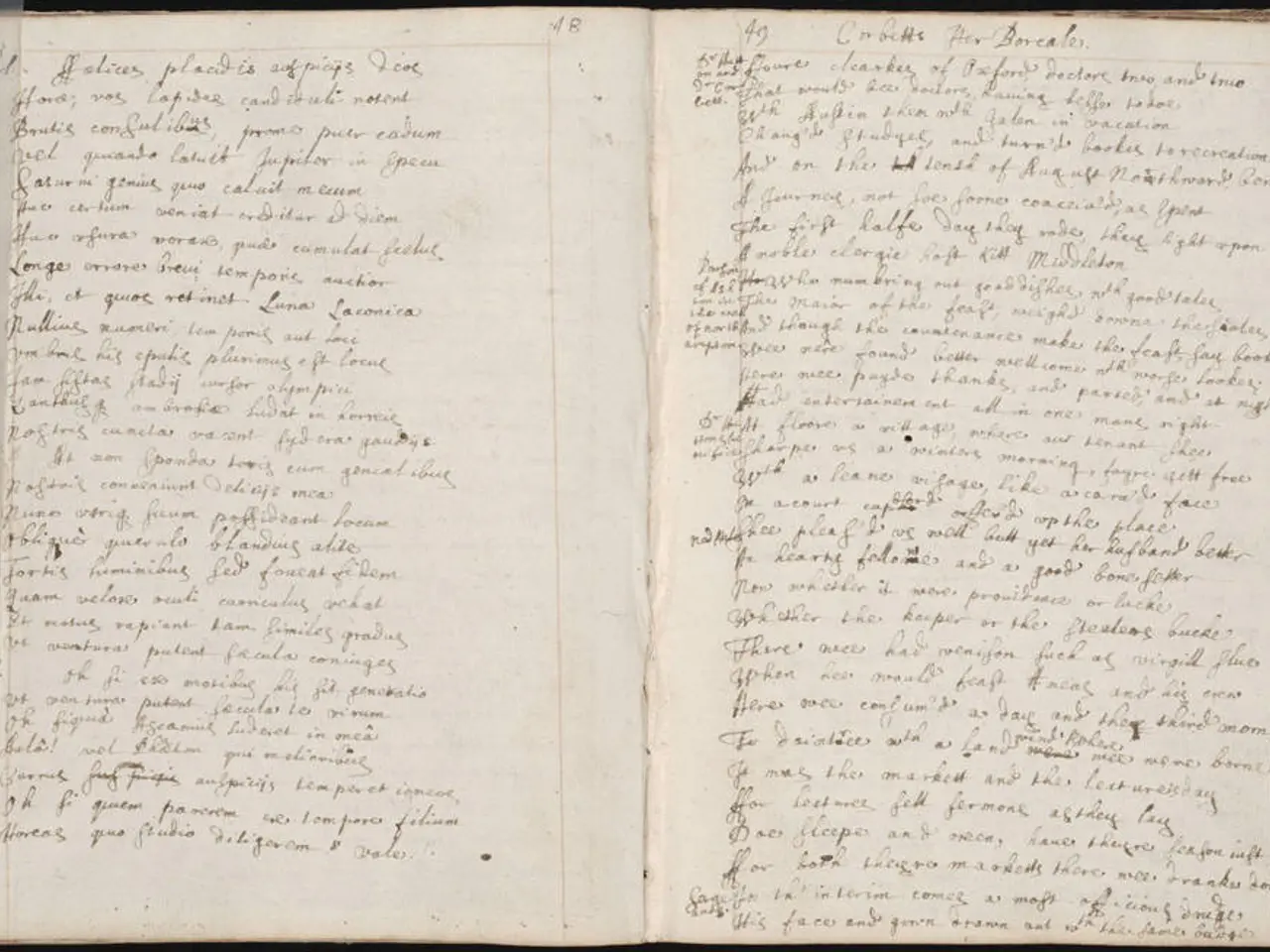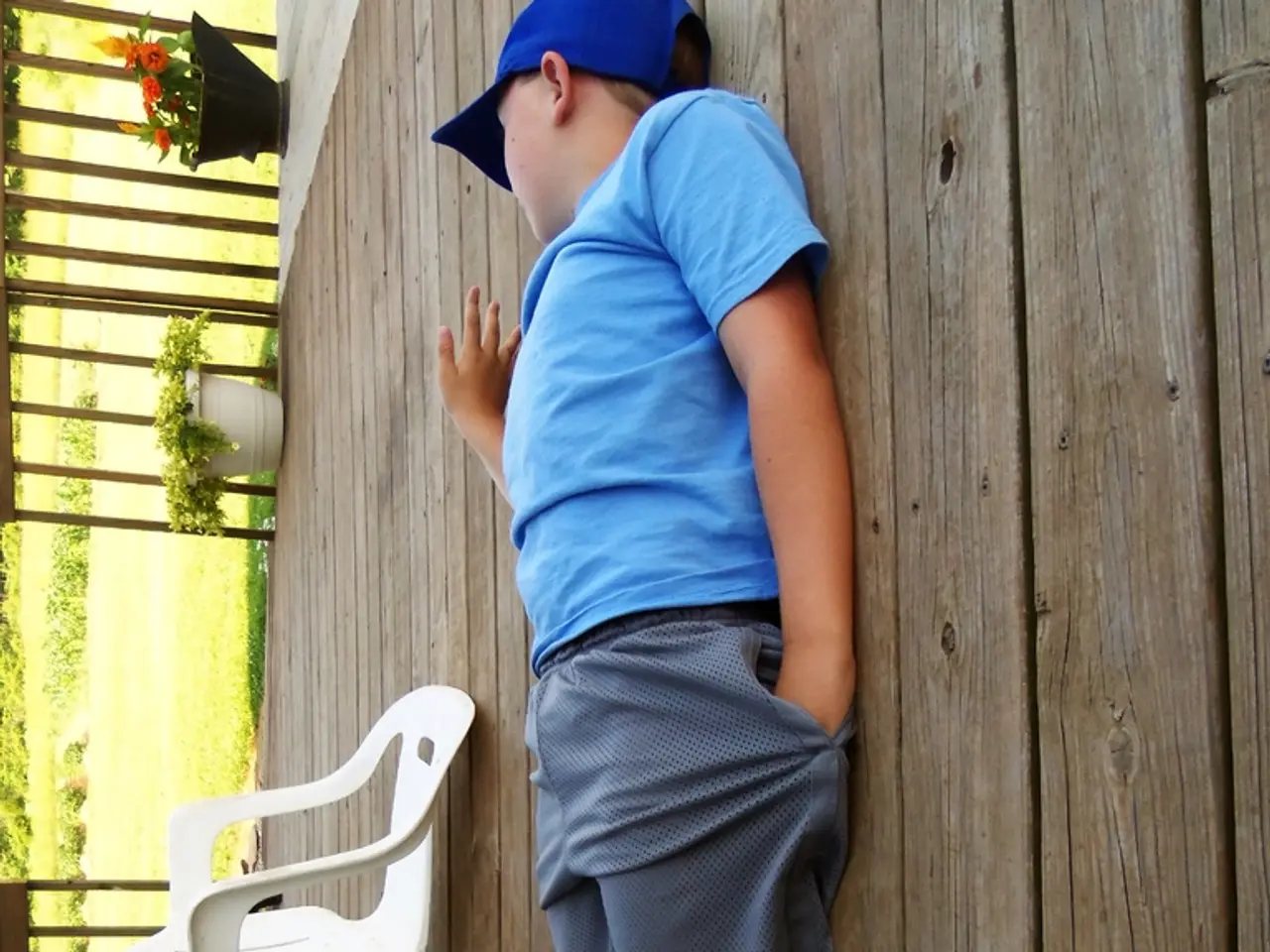Deciphering Nighttime Visions - Unveiling the Hidden Symbols and Understandings in Dreams
In the realm of dreams, symbols often play a significant role in revealing the hidden depths of a child's psyche. Dream interpretation, a method that has been used for centuries, can serve as a valuable tool for exploring one's mental well-being and gaining a deeper understanding of one's emotions and conflicts.
According to psychoanalytic theory, particularly the work of Sigmund Freud, dreams provide a 'royal road to the unconscious.' They offer practical methods to decode dreams and understand their meaning, with an emphasis on symbolism and dream images.
Common dream symbols in children's dreams often carry significant psychological meanings. For instance, animals such as snakes, dogs, or even birds, can symbolise instincts, fears, or loyalties, reflecting the child's basic emotional responses or anxieties. Houses and rooms represent the self and different parts of the personality or life stages. Water, whether calm or turbulent, symbolizes emotions, change, or cleansing processes. Flying dreams may indicate a desire for freedom, ambition, or overcoming obstacles. Losing teeth can symbolise feelings of vulnerability or fear of losing control, common in children during developmental phases. Being naked in public is often interpreted as reflecting feelings of vulnerability or anxiety about exposure, sometimes linked to childhood experiences of shame or fear of judgment.
When viewed through a Freudian lens, especially in relation to the Oedipus Complex, these symbols can be interpreted as expressions of unconscious family-related desires, anxieties, or struggles with identity and authority figures. The Oedipus Complex, a central concept in dream interpretation, centers on a child's unconscious desires and conflicts involving parental figures, primarily the desire for the opposite-sex parent and rivalry with the same-sex parent.
Dreams reflecting the Oedipus Complex often contain symbols of family dynamics, authority, and sexuality, though these may be metaphorical or manifest as anxiety dreams. For example, a child’s dream involving houses or rooms could symbolize different family roles or internalized aspects of parental figures. Being naked in public may relate to Freud’s notion of early childhood shame and vulnerability, which ties indirectly to Oedipal anxieties about exposure and parental authority. Animal symbols in children’s dreams might sometimes represent parental figures or aggressive impulses related to sibling rivalry or suppressed desires.
It is important to note that these interpretations must always consider the child's personal context and developmental stage. The Freudian Oedipus Complex provides one framework for understanding underlying family-related symbolism in children's dreams but is not the sole interpretive lens.
In summary, many common children's dream symbols correlate with emotional development and inner conflicts, and when viewed through a Freudian lens, especially in relation to the Oedipus Complex, these symbols can be interpreted as expressions of unconscious family-related desires, anxieties, or struggles with identity and authority figures.
Key Points:
| Dream Symbol | Common Interpretation | Relation to Oedipus Complex | |--------------------|----------------------------------------------|------------------------------------------------------| | Animals | Instincts, fears, loyalties | Parental figures or sibling rivalry metaphors | | Houses/Rooms | Self, personality aspects, life stages | Family roles, internalized parental dynamics | | Water | Emotions, change, cleansing | Emotional turbulence tied to family conflicts | | Flying | Freedom, ambition, overcoming obstacles | Desire for autonomy beyond parental control | | Losing Teeth | Vulnerability, loss of control | Anxieties about growing independence, exposure | | Being Naked in Public | Vulnerability, shame, anxiety about exposure | Childhood shame linked to parental authority and Oedipal anxieties |
This analysis integrates common dream symbol meanings with psychoanalytic theory, especially Freudian perspectives relevant to childhood development and the Oedipus Complex. By understanding these symbols, parents and therapists can gain insights into a child's unconscious, providing a bridge to understand hidden messages and deeper meanings in dreams.
Children's dreams, rich with symbolism, can offer insights into their mental health and emotional development. For example, animals in children's dreams might symbolize parental figures or sibling rivalry, while being naked in public could reflect feelings of vulnerability or anxiety about exposure that may be linked to Oedipal anxieties about parental authority. Therapies and treatments can employ dream interpretation to understand these symbols better, providing a valuable tool for mental-health professionals working with children in the health-and-wellness field.




